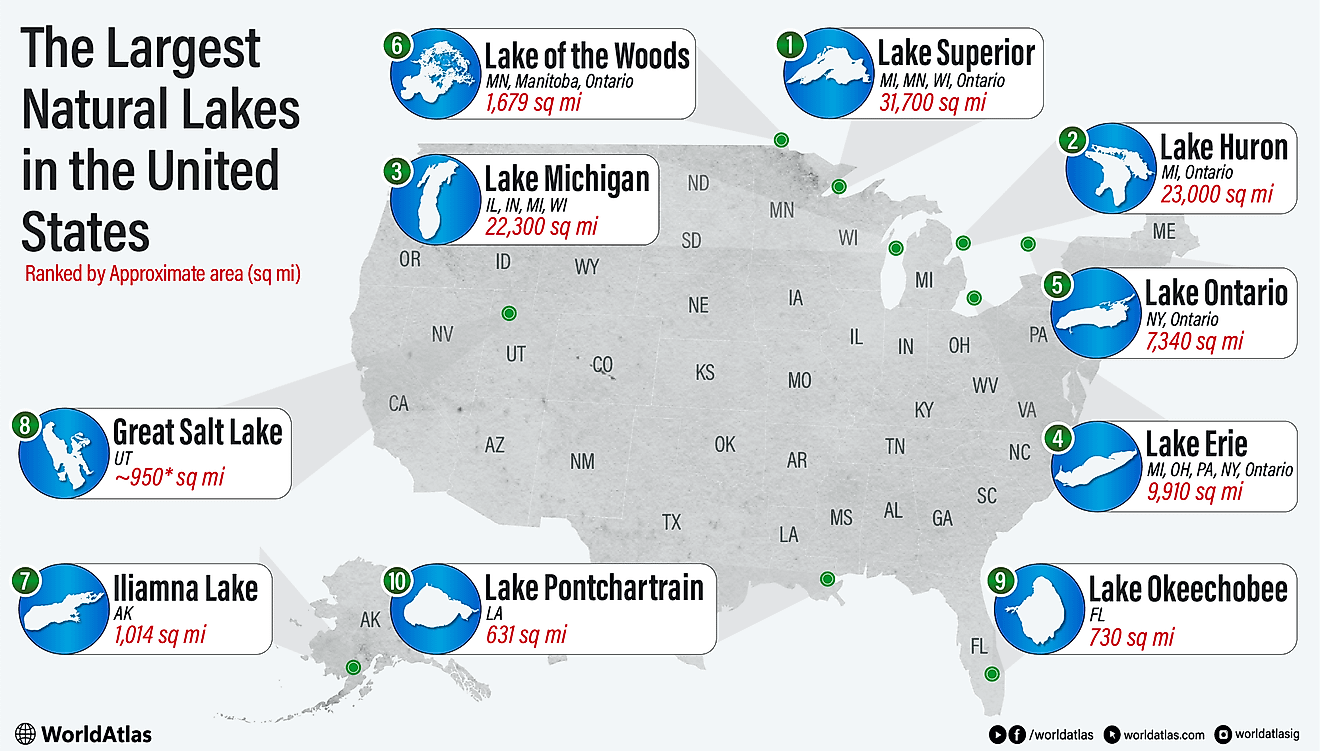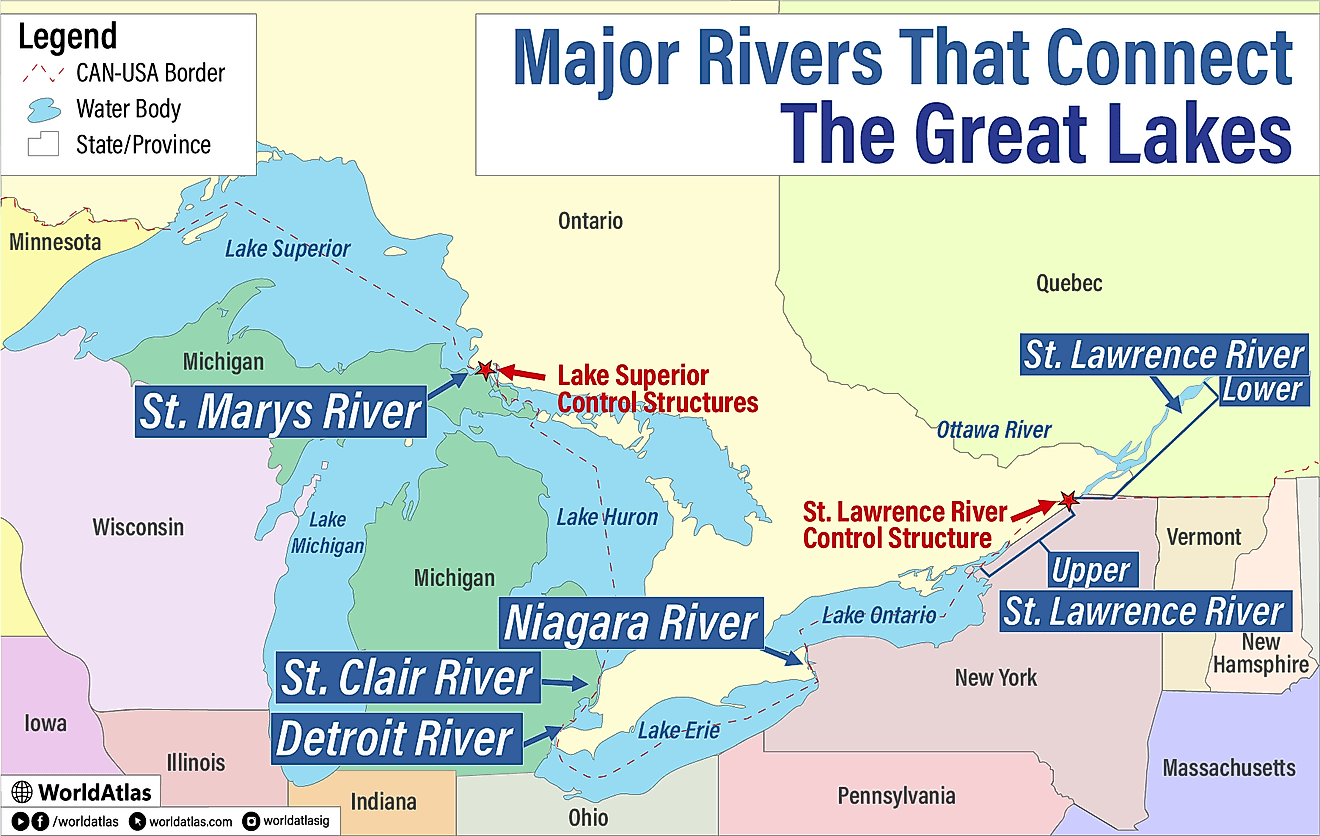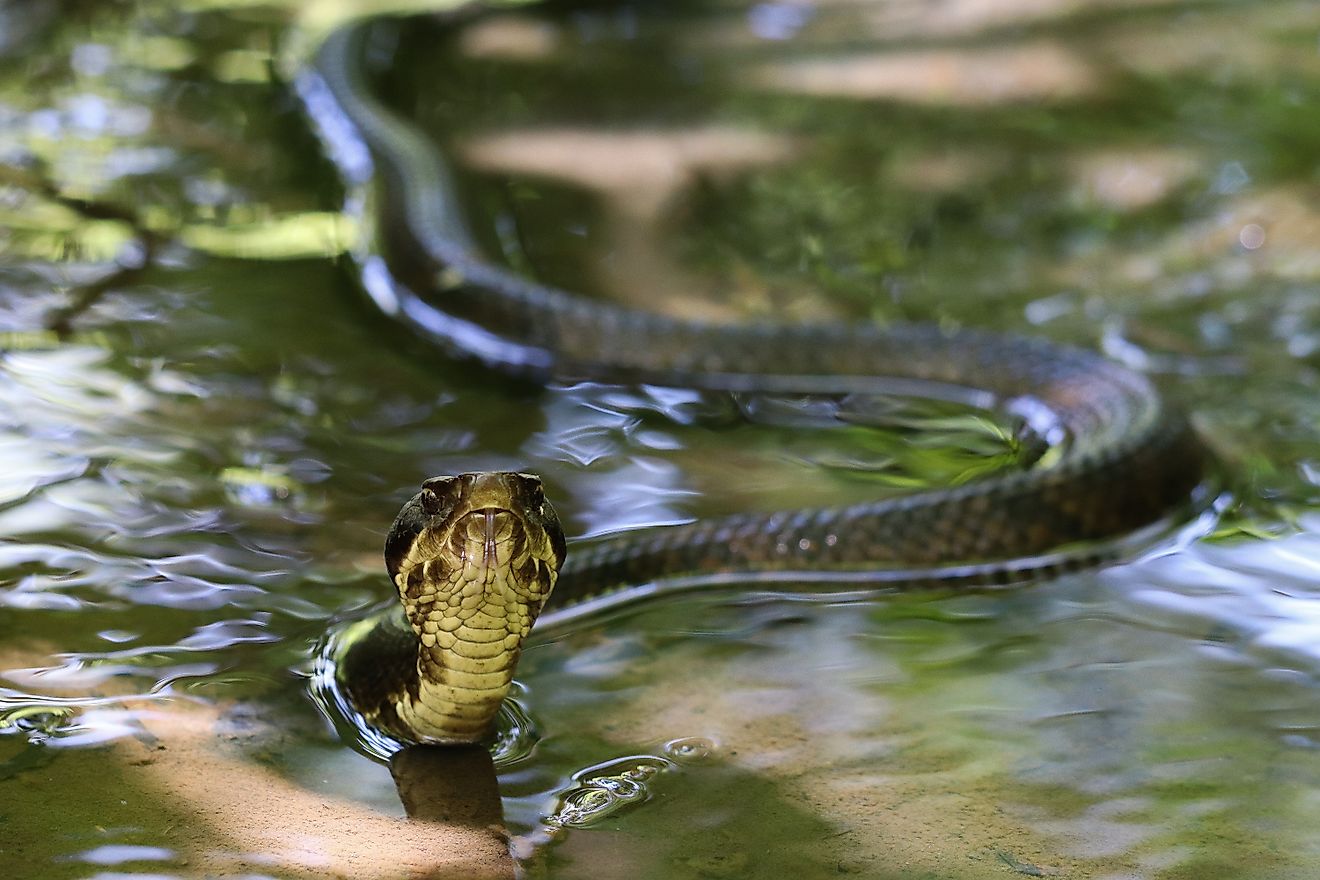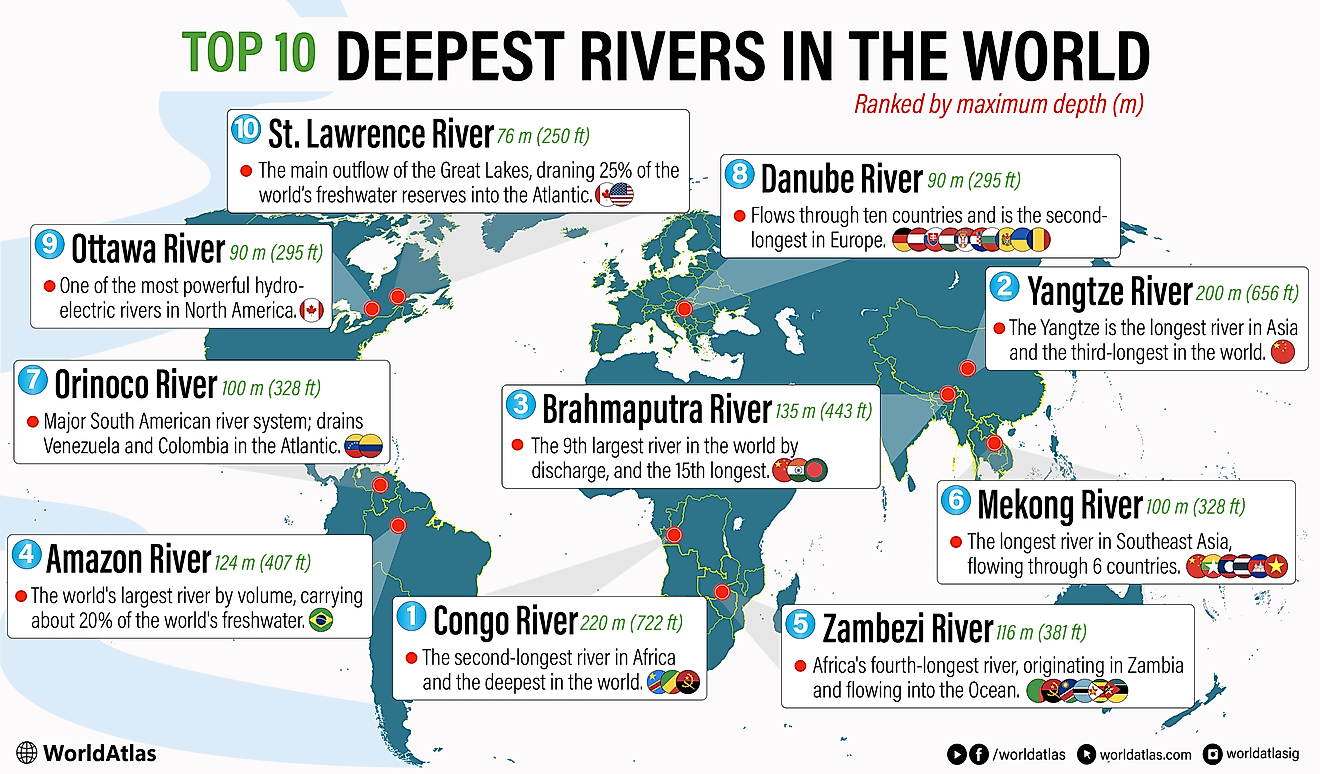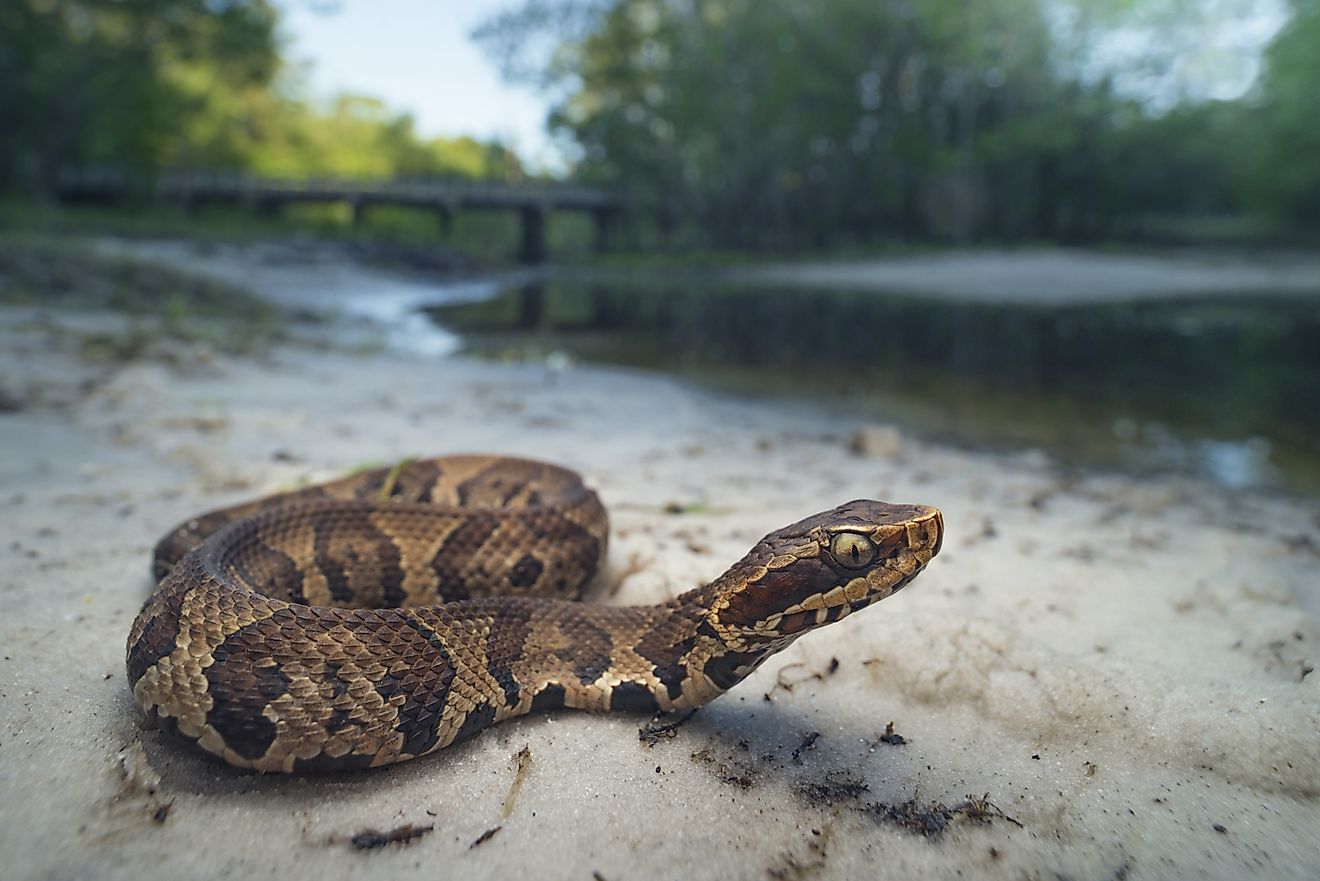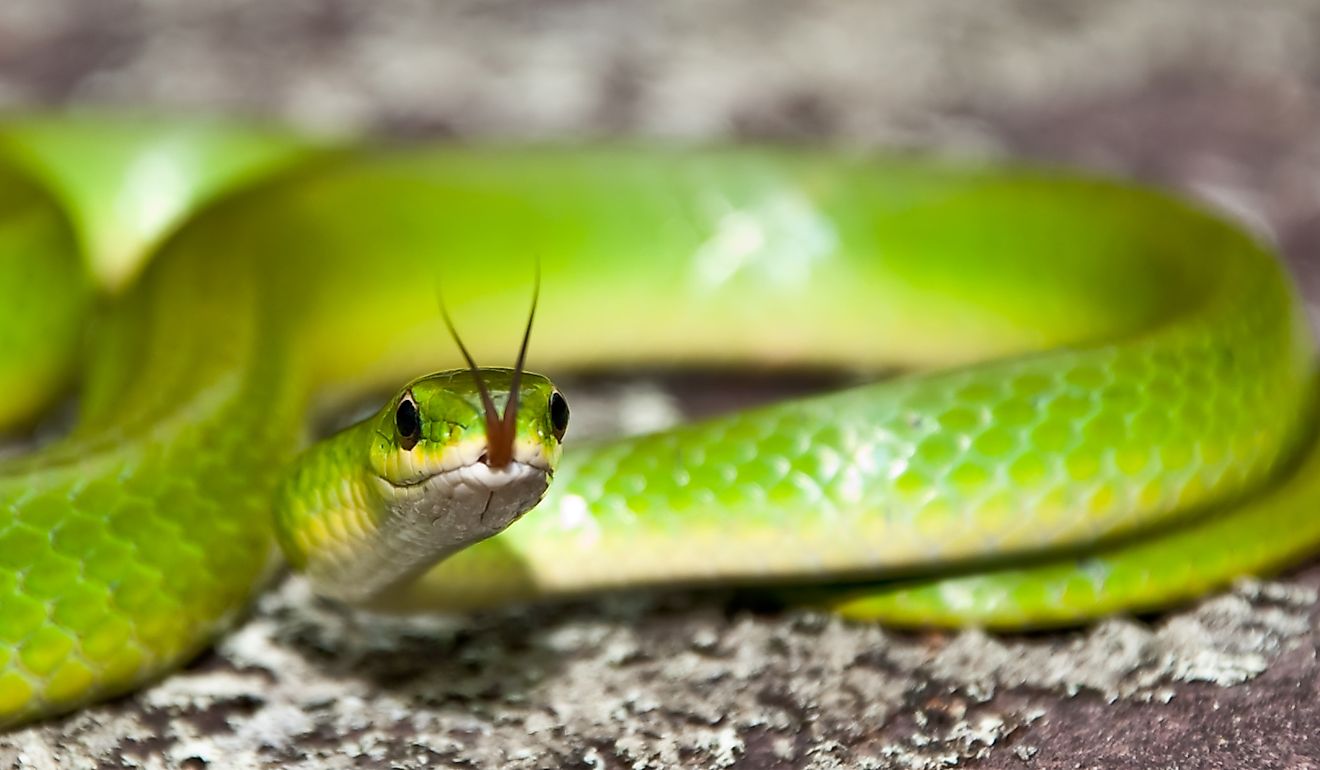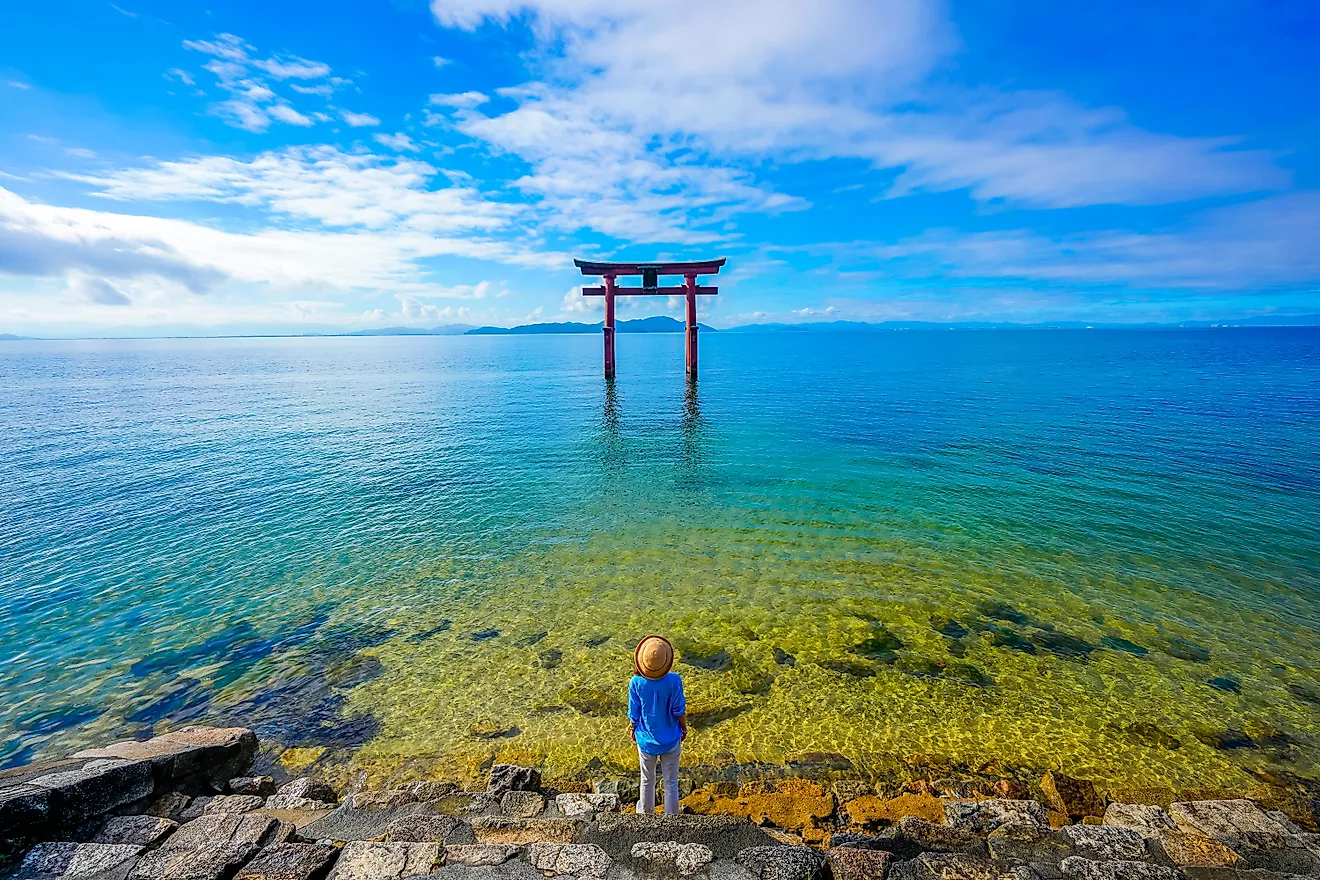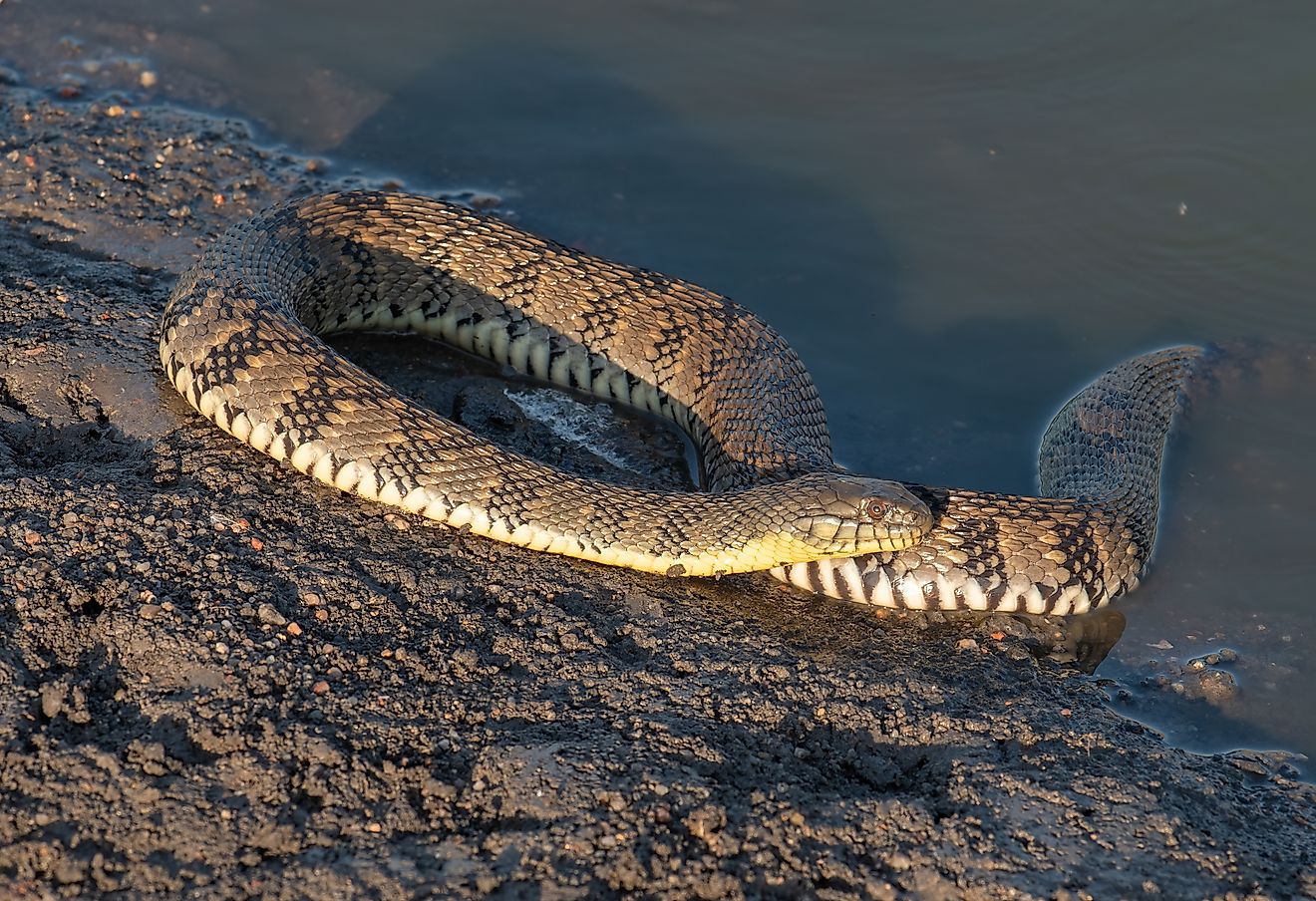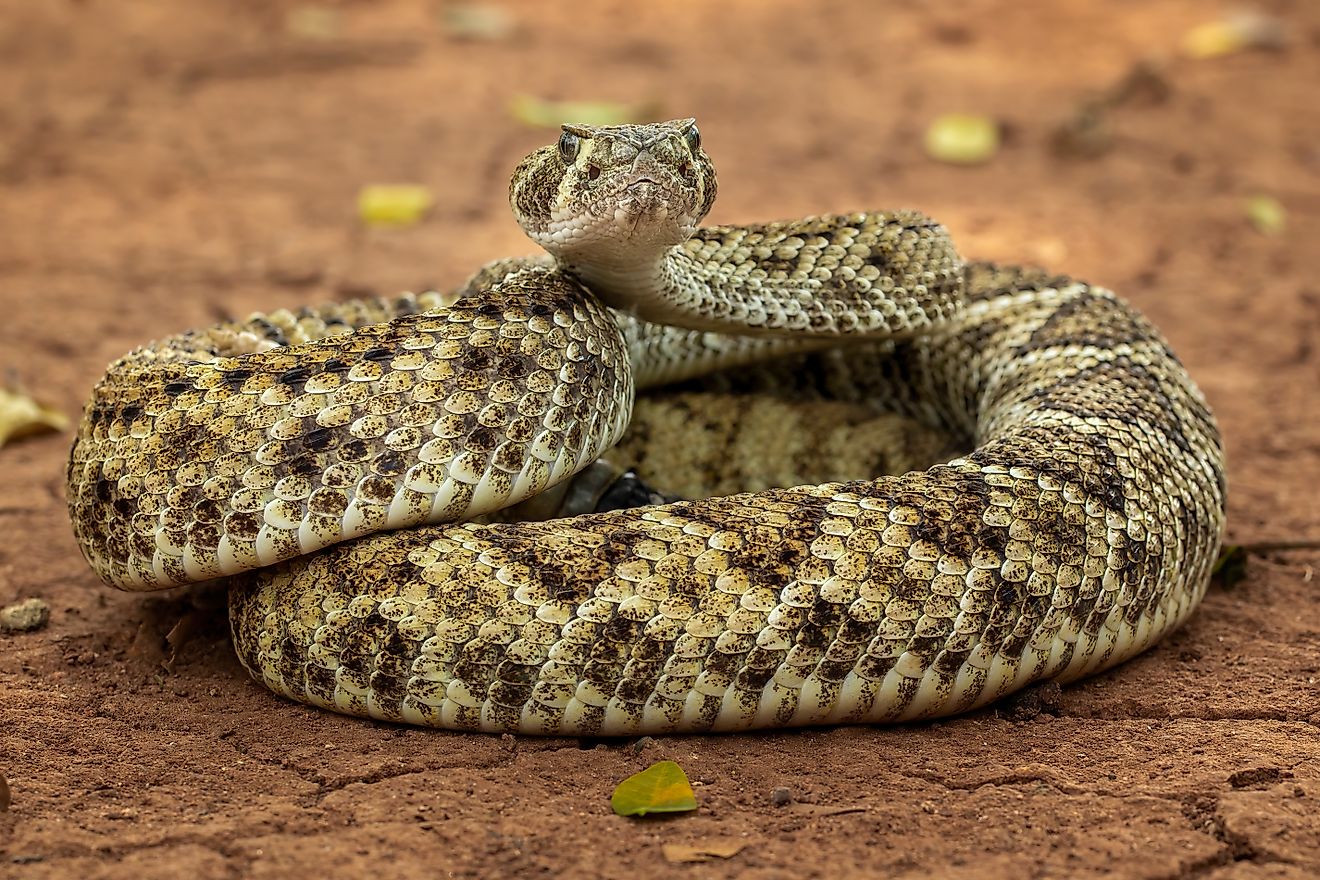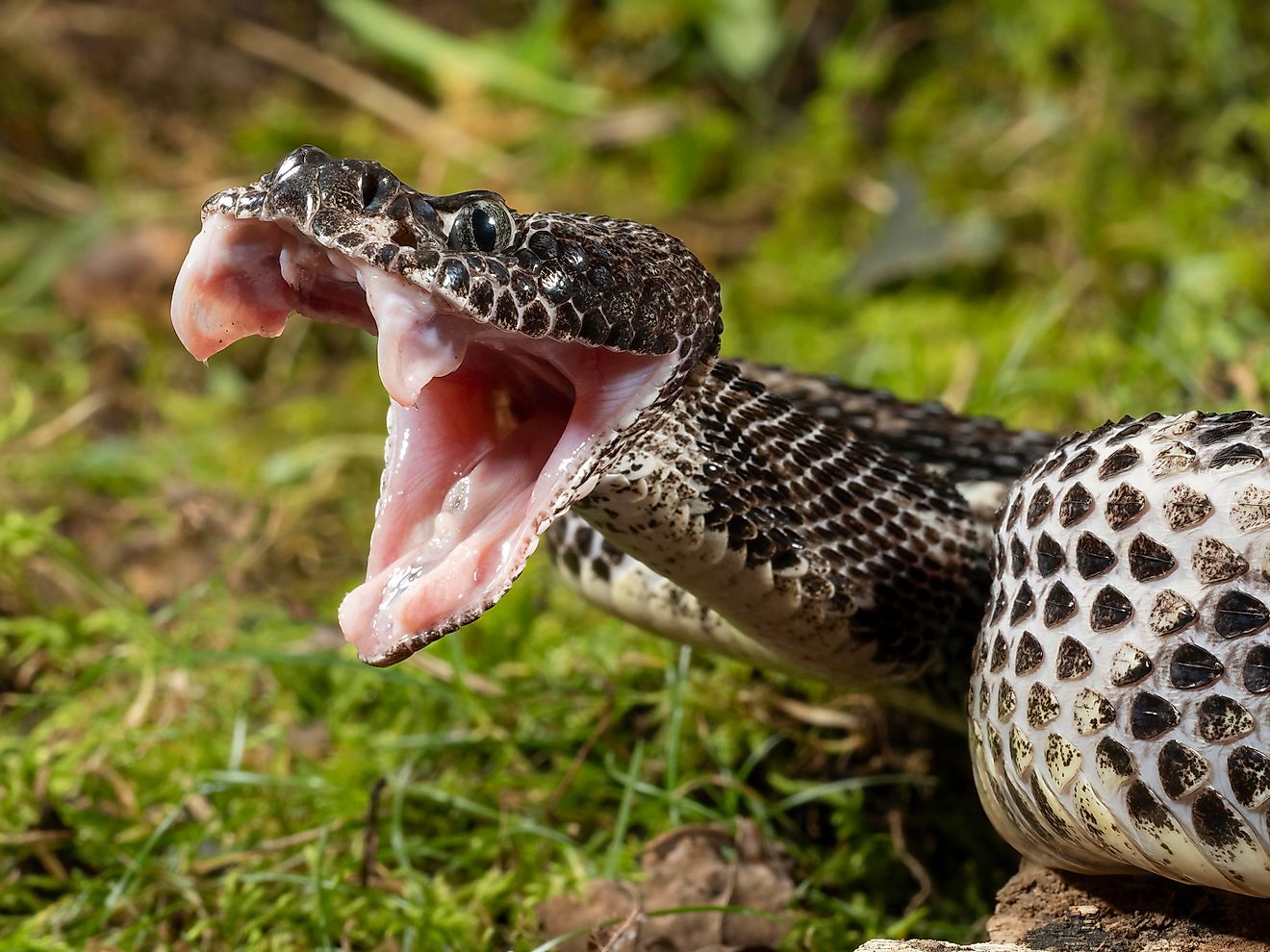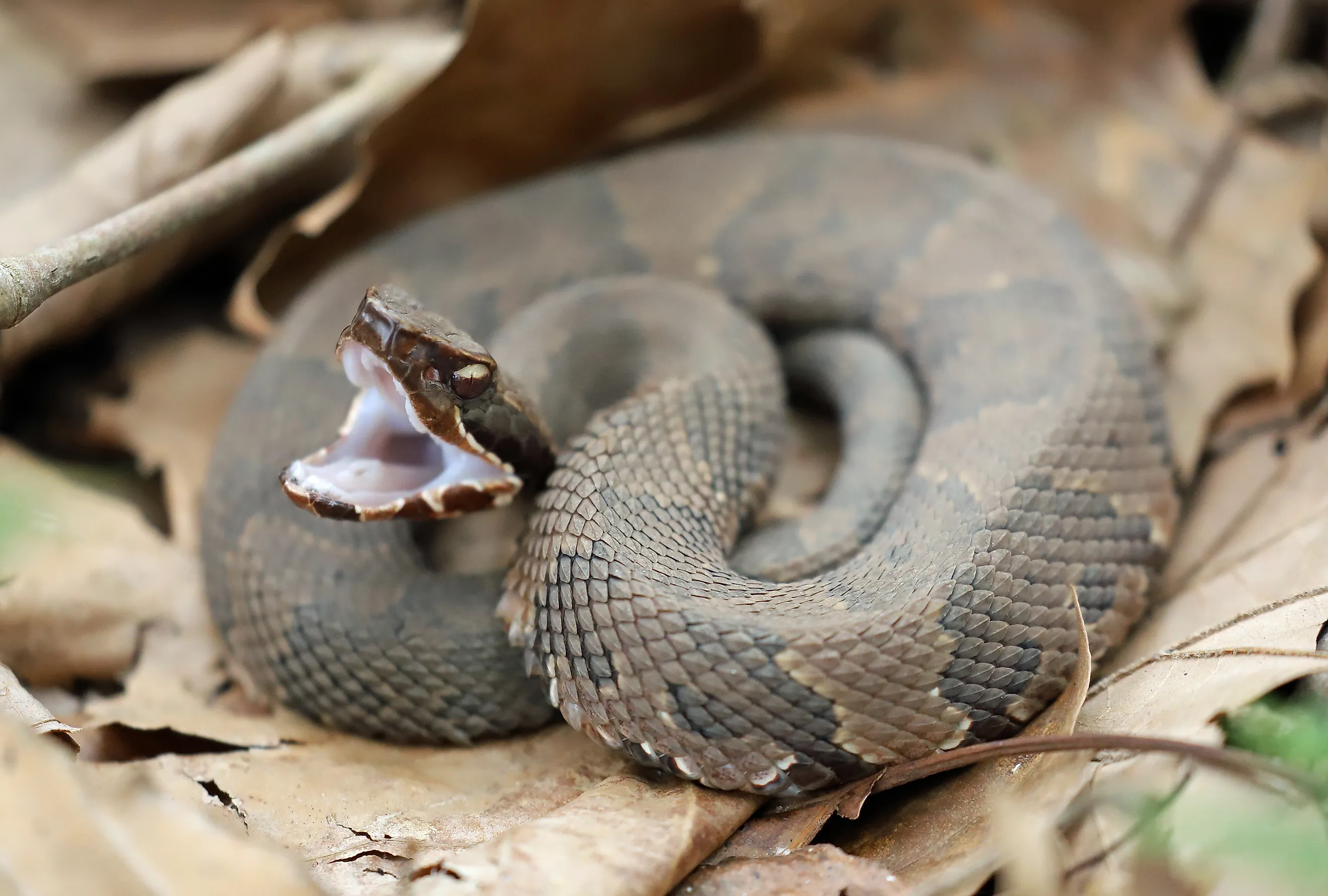
5 Most Snake Infested Rivers In Georgia
Georgia's hot and humid southern climate, combined with its diverse landscapes, make it a thriving habitat for snakes. The Peach State has the highest biodiversity of snakes in the United States, with 47 species within its borders. They’re found almost everywhere in the state, from the mountainous north to the coastal plains of the southeast, and many congregate in and around rivers where they have easy access to prey such as frogs, small fish and rats.
Snakes are a key part of Georgia’s ecology, helping to keep ecosystems healthy and keeping pest populations under control. Armed with the right information about how to identify and handle them, visitors to the Peach State can learn to coexist with these fascinating creatures and enjoy Georgia’s waterways alongside its resident reptiles.
Altamaha River
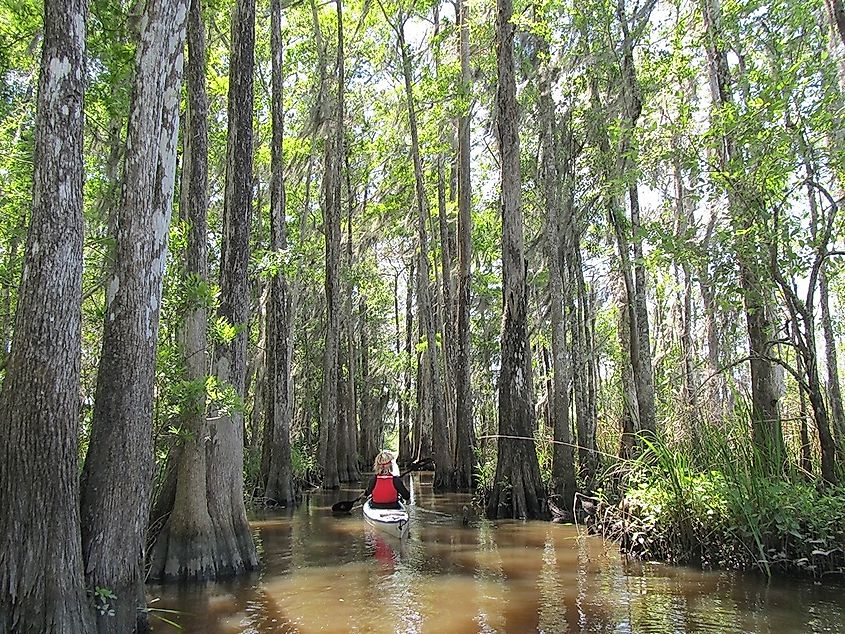
Known as "Georgia’s Little Amazon," the Altamaha River winds 137 miles from central Georgia and out to the Atlantic Ocean. It’s the largest free-flowing river on the east coast and Georgia’s largest watershed. It’s also an area of significant ecological importance which supports several rare and endangered species.
The Altamaha River corridor is home to several snake species including three venomous snakes — eastern diamondback rattlesnake, cottonmouth, and eastern coral snake. The cottonmouth gets its name from its puffy white gums, which are on full display when the snake feels threatened and opens its mouth wide in an aggressive strike pose. Common in the coastal plains region of Georgia, the cottonmouth are typically found in swampy areas and places where there is slow-moving water and lots of natural debris such as logs or rocks. Like most snakes, they are not naturally aggressive and prefer to avoid humans.
Ogeechee River
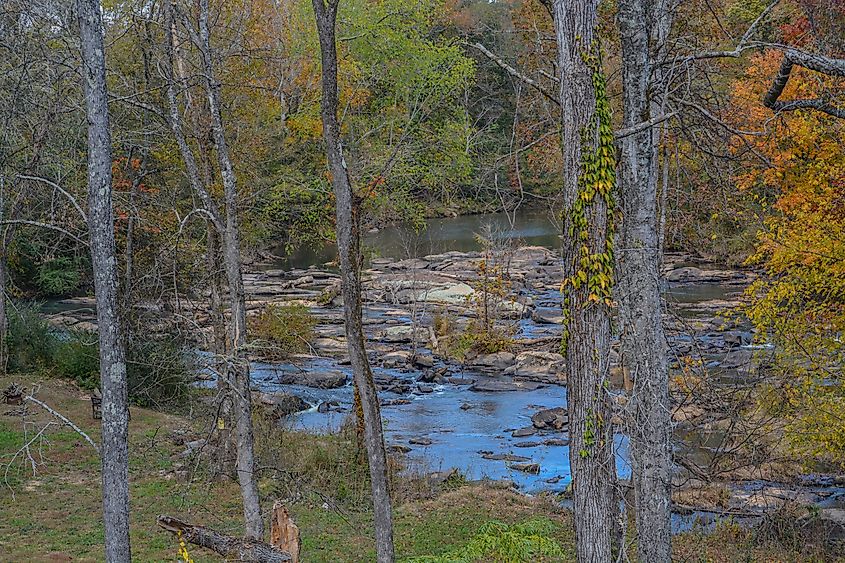
There are many ways to enjoy the 245 mile Ogeechee River. Along its banks are several parks and preserves including Hamburg State Park, Blackbeard Island National Wildlife Refuge, and Wassaw National Wildlife Refuge. Hikers, boaters, anglers, and paddlers all have ample opportunity to enjoy the river’s stunning scenery and unique wildlife.
That wildlife includes several species of harmless water snakes which include the red-bellied watersnake and the brown watersnake. The former is a large, semi-aquatic snake that can grow up to 48 inches long. They are brown or grey with an orange/yellow belly. You’re most likely to see a red-bellied watersnake basking near the water on logs or branches, or by the shoreline. The brown watersnake is another common river resident. They are larger than their red-Bellied cousins, reaching up to 60 inches long, and brown with dark brown blotches. The brown watersnake’s favorite food is fish and they are excellent swimmers so they are frequently found in the water rather than hanging out in wetlands or swamps.
Savannah River
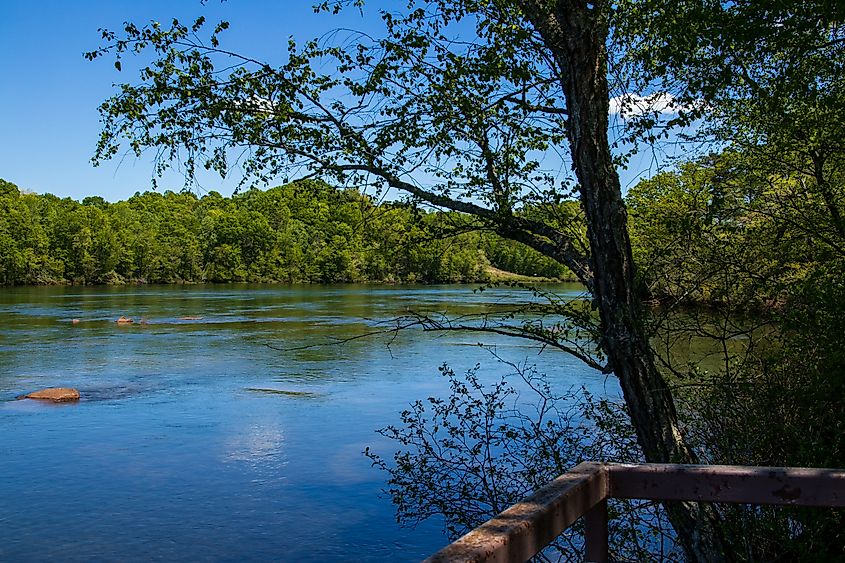
The Savannah River is a boundary as well as a waterway, forming the border between Georgia and South Carolina. According to the Nature Conservancy of Georgia, the Savannah River Basin has as much diversity of life as a South American rainforest, supporting key habitats and species. The river’s pristine wilderness is best seen from the Savannah National Wildlife Refuge which features a scenic drive, walking trails, and a visitor center.
If you’re walking the trails, watch out for some of the refuge’s reptiles. These include the eastern ribbon snake, a small and slender snake with three light-colored stripes down their back. Semiaquatic, these snakes are commonly found on the shore, in bogs or marshes. They are often confused with another Savannah River resident, the eastern garter snake. Garter Snakes are common in Georgia and usually found in moist, grassy areas such as river banks and ditches.
Satilla River
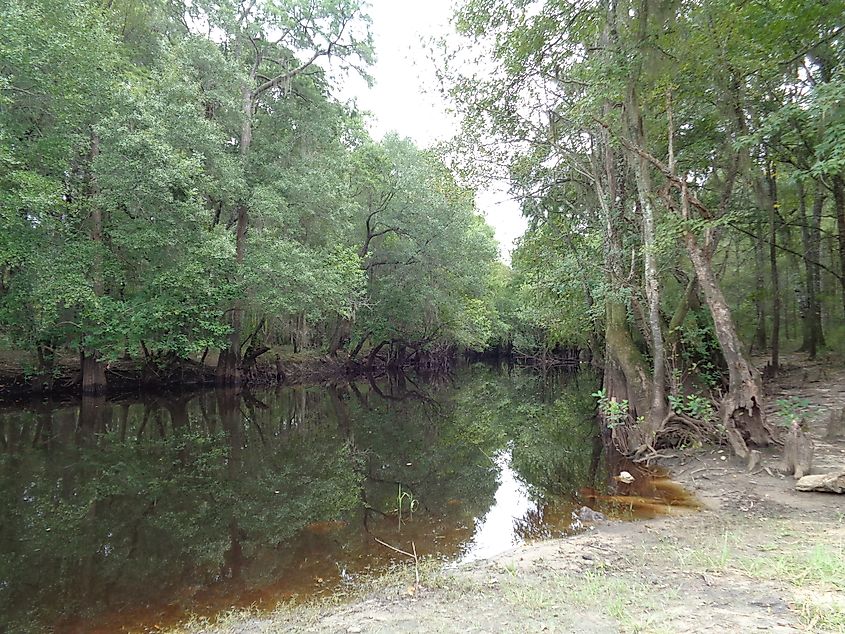
The Satilla River flows around 200 miles east across Georgia before emptying into the Atlantic. The tannins in the water give it a distinctive dark color and its stocked with 52 species of fish including sunfish and catfish. The river is also home to several snake species including the banded watersnake, a medium-sized, thick snake that grows up to 48 inches long. They are fairly easy to identify thanks to the dark colored bands across their body, although these markings may be faded in older snakes. Banded watersnakes are found in almost all freshwater habitats in Georgia’s coastal plain, including swamps, wetlands, rivers, marshes, and streams. You might see them on logs or branches overhanging the water, or lounging in the shallows where they can grab their preferred prey of fish and frogs.
Chattahoochee River
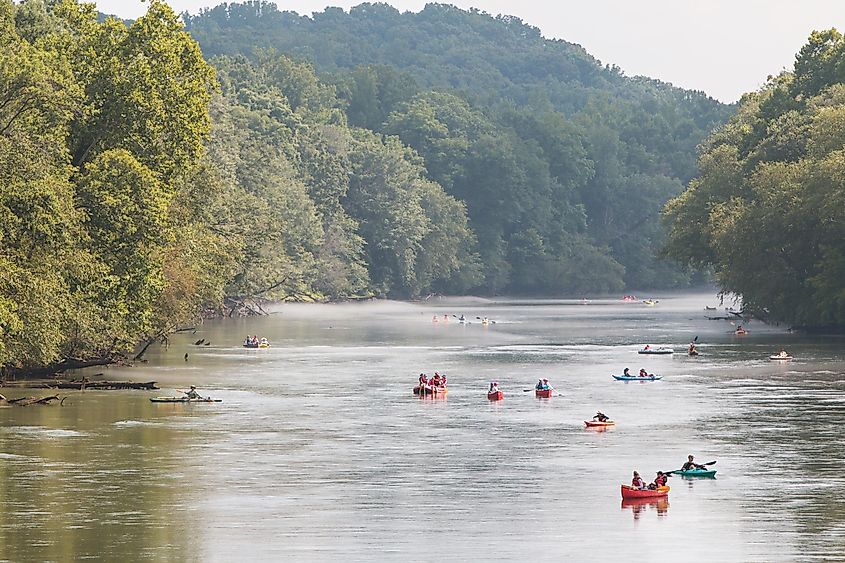
The lower Chattahoochee River runs north-south through Georgia, and is a popular recreation spot for hiking, tubing, and fishing. The Chattahoochee River National Recreation Area covers a 48-mile stretch of the river, providing public access to trails, boat or tube launches, and cycling paths. The river is home to a wide variety of wildlife, including around 20 different snake species. These include two venomous species, the timber rattlesnake and the copperhead. Various watersnake species are also present, including the plain-bellied Watersnake, a harmless semi-aquatic species with a beige-colored belly. These are one of the most common snakes in Georgia and can be found near freshwater sources where they like to hang on branches over the water. If alarmed or threatened, they can release a strong odor to dissuade their attackers.
Snake Safety
There are so many ways to enjoy Georgia’s beautiful rivers. Have a family picnic by the riverbank, hike waterfront nature trails, rent a kayak and enjoy a leisurely paddle. Whatever you get up to, don’t let fear of snakes stop you from making the most of your Georgia vacation. Knowing the state’s snake species, learning to identify them, their habitats and their habits, can help dispel any worries you might have about sharing space with serpents.
The number one rule in any snake encounter is to leave it alone. Never attempt to move or disturb a snake. Its first reaction on meeting humans is to escape, so give it plenty of space to make a quick getaway. Snakes only strike when threatened. They are reclusive by nature. Stick to marked trails when hiking, always watch where you put your feet, and be careful around natural hidey holes such as logs, leaf litter, or rocky crevices. Taking these common sense precautions will ensure a stress-free, a snake-free vacation in the beautiful Peach State.
